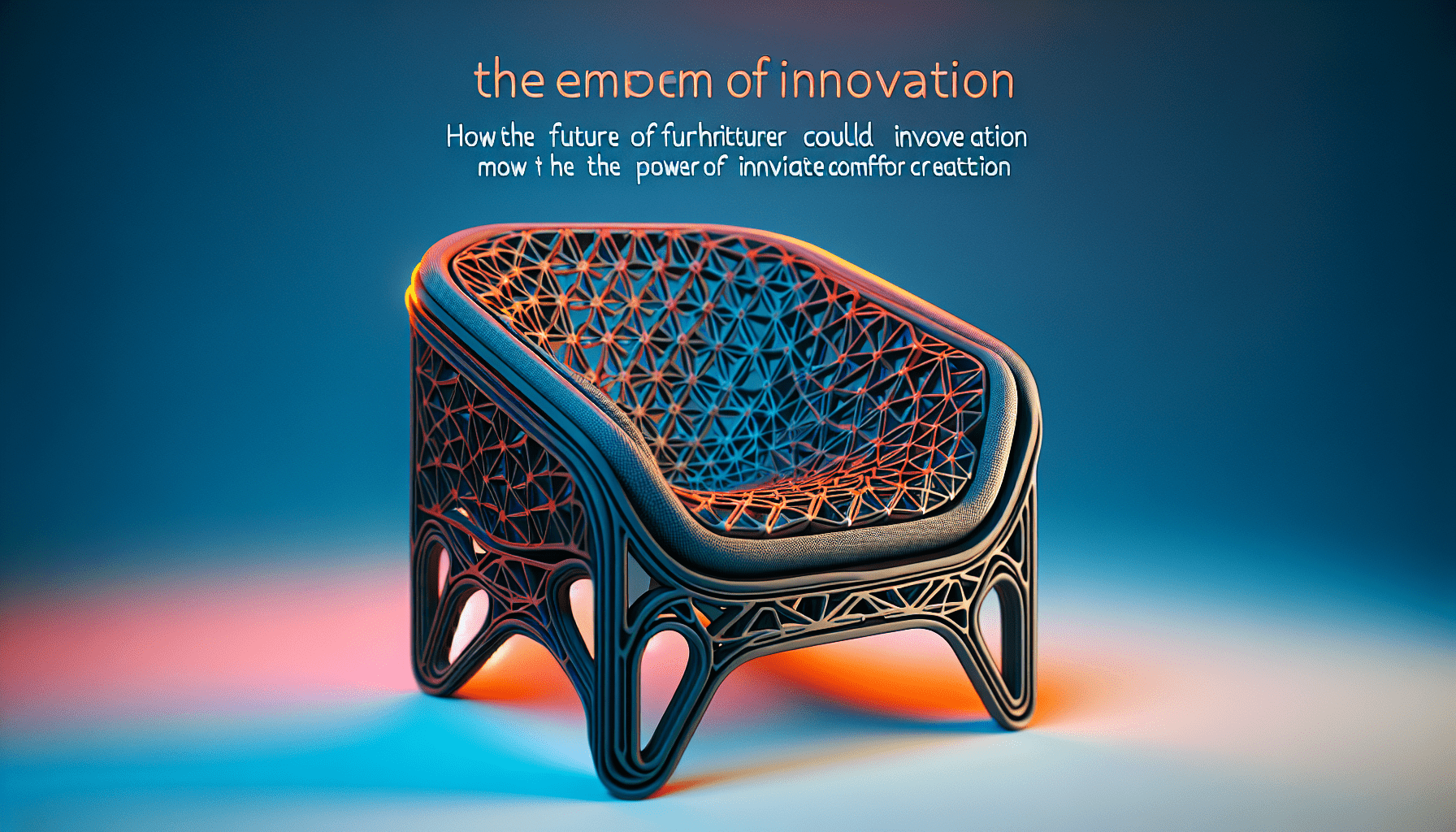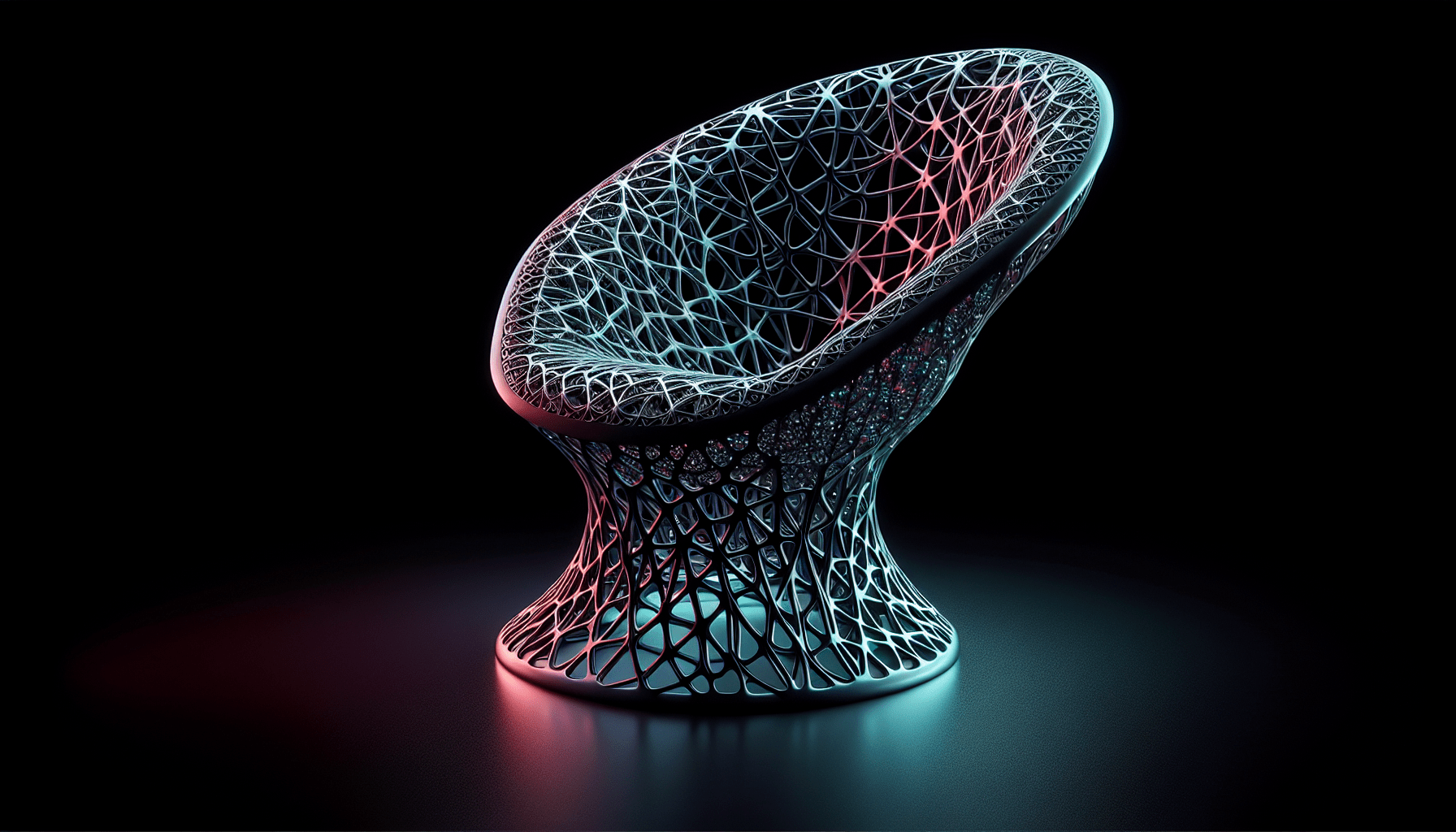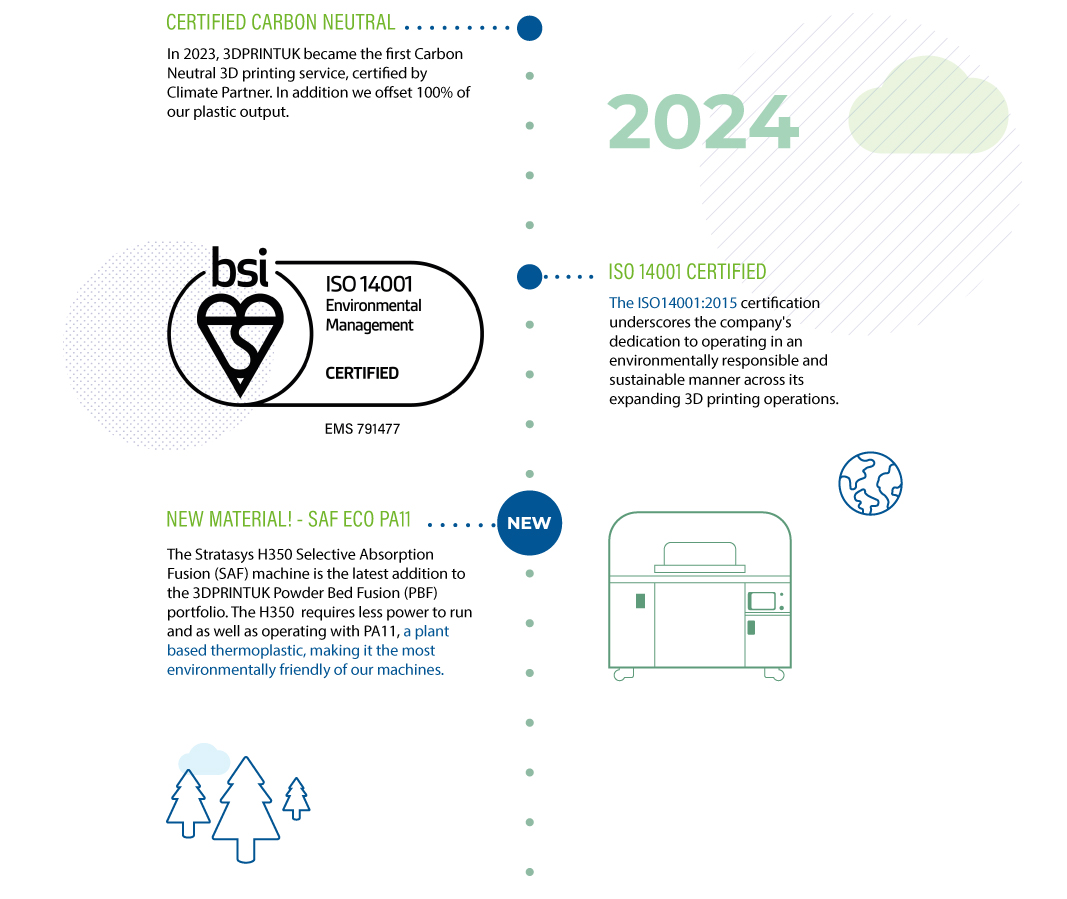Creality K1C 3D Printer, 2024 New Version 600mm/s High-Speed Auto Leveling Clog-Free Robust Direct Extruder K1 SE Upgraded 3D Printer with AI Camera 300°C Printing Support Carbon Fiber Filaments
$559.00 (as of June 21, 2025 23:57 GMT +00:00 - More infoProduct prices and availability are accurate as of the date/time indicated and are subject to change. Any price and availability information displayed on [relevant Amazon Site(s), as applicable] at the time of purchase will apply to the purchase of this product.)In the emerging world of 3D printing, where does furniture production fit into the equation? While 3D printing has been widely adopted in industries like aerospace, automotive, and healthcare, furniture production has yet to fully embrace the technology due to the high cost and time associated with producing furniture on traditional 3D printers. However, recent developments in the industry, such as the lowered cost of larger-format printers and the shift to pellet 3D printing, have the potential to change this landscape. With these advancements, we may see an increasing number of 3D printed furniture operations in the near future, making it possible for consumers to sit in a 3D printed chair sooner than they think.
Introduction
In recent years, 3D printing technology has experienced significant advancements and expanded its application areas beyond prototyping. Industries such as aerospace, dental, automotive, and healthcare have been utilizing 3D printing for various production purposes due to qualities that match the technology. These qualities include the availability of required materials, the need for complex geometry parts to reduce weight, the expectation of high part costs, the ability to certify parts with regulatory agencies, and consistent part production even at scale. However, with the decreasing cost of larger-format 3D printers, the shift to pellet 3D printing, and the revolution in the speed of desktop 3D printers, the furniture industry is now exploring the potential of 3D printing technology for production purposes. This article will explore the viability of 3D printing in furniture production, discussing the current state of 3D printing, the challenges faced by the furniture industry, technological developments, increased interest in furniture 3D printing, the future potential of 3D printed furniture operations, and the possibility of sitting in a 3D printed chair in the future.
The Current State of 3D Printing
Key production application areas of 3D printing
3D printing technology has proven to be highly valuable in various industries, including aerospace, dental, automotive, and healthcare. These industries have specific qualities that match the capabilities of 3D printing technology. These qualities include the availability of required materials, the need for complex geometry parts to reduce weight, the existing expectation of high part costs, the ability to certify parts with regulatory agencies, and consistent part production even at scale. These factors have contributed to the successful adoption of 3D printing in these industries.
Qualities that match 3D printing technology
The availability of required materials is a crucial aspect when considering the application of 3D printing technology in any industry. The ability to use specific materials suitable for a particular application ensures the desired quality and functionality of the printed parts. Additionally, the need for complex geometry parts, often to reduce weight, is another significant factor that aligns with the capabilities of 3D printing. Traditional manufacturing methods often struggle to produce intricate designs, whereas 3D printing excels in creating complex structures layer by layer.
The expectation of high part costs is another quality that matches 3D printing technology. Industries that produce high-value products, such as aerospace and dental, are willing to invest in 3D printing technology if it can provide cost-effective solutions compared to traditional manufacturing methods. The ability to certify parts with regulatory agencies is also an important consideration for industries that require approval and compliance. 3D printing technology allows for the production of parts that meet regulatory standards, making it an attractive option for industries with strict certification requirements.
Consistent part production, even at scale, is another advantage offered by 3D printing technology. Traditional manufacturing methods often face challenges in maintaining consistency when producing a large number of parts. 3D printing eliminates these issues by ensuring the same level of precision and quality with every printed part, regardless of the production volume.

$30 off $400+ Anycubic Products with code AC30OFF
Potential for Furniture Production
Emergence of furniture as a potential application area
While 3D printing technology has been predominantly used for prototyping purposes, the furniture industry has emerged as a potential application area for this technology. With the emergence of larger-format 3D printers, furniture production using 3D printers has been attempted for many years. However, the cost and time required to produce furniture have been significant obstacles for both the furniture industry and other industries considering the adoption of 3D printing technology.
Challenges faced by the furniture industry in adopting 3D printing
The furniture industry faces several challenges in adopting 3D printing technology for production purposes. One of the main challenges is the cost and time associated with producing furniture on 3D printers. Traditional manufacturing methods, such as injection molding or woodworking, are often more cost-effective and time-efficient for large-scale furniture production. Additionally, the variety of materials used in furniture production poses a challenge for 3D printing technology, as not all materials are suitable for this process. Moreover, the size and weight of furniture pieces add complexities to the printing process, requiring specialized equipment and techniques to ensure structural integrity.
Technological Developments
Lowered cost of larger-format 3D printers
One promising development for furniture production using 3D printing technology is the lowered cost of larger-format 3D printers. In the past, large-format 3D printers were prohibitively expensive, limiting their accessibility for industries such as furniture. However, advancements in technology and increased competition in the market have led to more affordable options. The introduction of large-format 3D printers, such as Elegoo’s Giga device, priced at around $2000, has made it more feasible for furniture manufacturers to consider 3D printing as a viable production method.
Shift to pellet 3D printing
Another significant development in 3D printing technology for furniture production is the shift towards pellet 3D printing. Initially, most large-format 3D printers used filament as the printing material. However, filaments designed for smaller printers often came in small formats, such as 1.75mm diameters, which resulted in lengthy printing times for larger objects. This slow printing process hindered the cost-effectiveness of large-scale furniture production. With the shift to pellet 3D printing, where plastic pellets are used as the printing material, the production speed can be significantly increased, reducing the overall cost of manufacturing furniture using 3D printing technology.
Revolution in speed of desktop 3D printers
In recent years, there has been a revolution in the speed of desktop 3D printers, which can also benefit furniture production. Higher speed 3D printers allow for faster production times, enabling manufacturers to increase productivity and reduce costs. This speed-up technology can now be applied to larger-format 3D printers, making it more financially feasible for furniture manufacturers to adopt 3D printing for mass production. The combination of lower cost large-format 3D printers, the shift to pellet 3D printing, and the revolution in speed has the potential to revolutionize furniture production by making it more efficient and cost-effective.

Increased Interest in Furniture 3D Printing
Case study of furniture production using 3D printers
Some furniture manufacturers and designers have already started experimenting with 3D printing technology for furniture production. Case studies and success stories highlight the potential of 3D printing in this industry. For example, BigRep, a manufacturer of large-format 3D printers, showcased a customer who produces furniture using their equipment. These case studies demonstrate that 3D printing can be used to create unique, custom-designed furniture pieces that are not easily achievable with traditional manufacturing methods.
Artists using 3D printing for low volume production
In addition to furniture manufacturers, artists have also embraced 3D printing technology for low volume production of custom-designed furniture. Artists are often interested in creating one-of-a-kind pieces that reflect their artistic vision. With 3D printing, artists can easily iterate designs and produce small batches of furniture without incurring significant costs. While this approach may not be scalable for mass production, it allows artists to explore new possibilities and push the boundaries of traditional furniture design.
Premium costs and scalability for mass production
Despite the increased interest in 3D printing for furniture production, there are still challenges to overcome. 3D printed furniture often carries premium costs due to the complexity of the printing process, material requirements, and specialized equipment. Additionally, scalability for mass production remains a significant hurdle for the furniture industry. While 3D printing enables customization and flexibility, it may not yet be suitable for high-volume production due to constraints in production speed and material limitations. However, as technology continues to advance and costs decrease, the scalability of 3D printed furniture may improve, making it a viable option for mass production in the future.
Future Potential
Potential for increasing number of 3D printed furniture operations
With the advancements in technology and the increasing interest in 3D printing for furniture production, it is likely that we will see an increasing number of 3D printed furniture operations in the future. As the cost of large-format 3D printers continues to decrease and the printing process becomes more efficient, furniture manufacturers may find it more economically viable to adopt 3D printing technology for their production needs. This shift has the potential to revolutionize the furniture industry and transform the way furniture is designed and manufactured.
Possibility of sitting in a 3D printed chair in the future
As technology continues to progress, it is not out of the realm of possibility that we may find ourselves sitting in a 3D printed chair in the future. With ongoing advancements in materials, printing techniques, and design capabilities, 3D printed furniture could become a mainstream option, offering customized and sustainable solutions for seating and other furniture needs. While there are challenges to overcome, the potential for 3D printing to revolutionize the furniture industry is promising.
Conclusion
The furniture industry is exploring the viability of 3D printing technology for production purposes. While 3D printing has traditionally been used for prototyping, advancements in technology and decreased costs have opened up new opportunities for furniture manufacturers. Technological developments, such as the lowered cost of larger-format 3D printers, the shift to pellet 3D printing, and the revolution in the speed of desktop 3D printers, have made it more financially feasible to consider 3D printing for furniture production. Increased interest in furniture 3D printing, as seen through case studies and the adoption of the technology by artists, further demonstrates its potential. While there are challenges to overcome, such as premium costs and scalability for mass production, the future potential of 3D printed furniture operations is promising. With continued technological advancements, it is possible that we may see an increasing number of 3D printed furniture operations emerge and the possibility of sitting in a 3D printed chair in the future.
Buy Photon Mono M5 Get Free 1KG Resin








